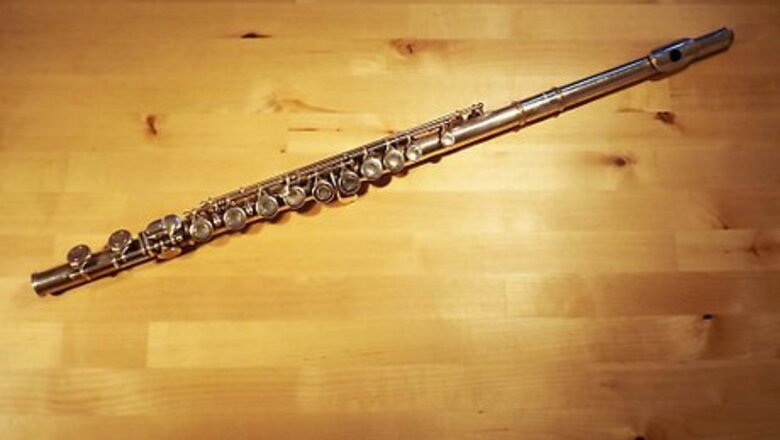
views
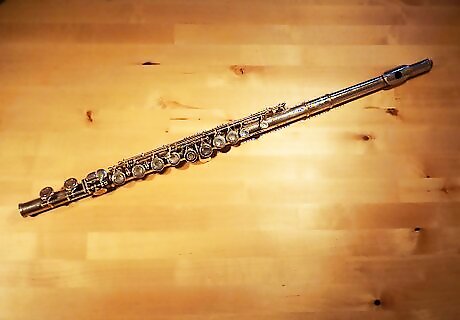
Make sure your flute is working correctly and that all of your pads are sealed. A friend, teacher, or music shop employee can check and see if your flute is fully functional. An instrument repair shop can help identify and correct leaks.
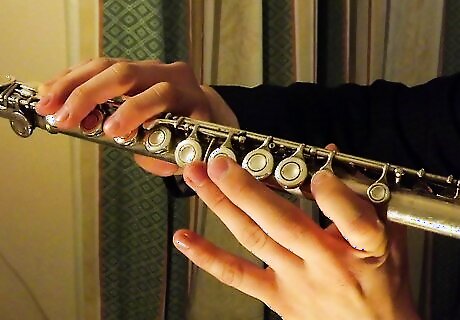
Play in a medium register to warm up.

Drop the corners of your mouth, as if you were frowning. When you are blowing to produce a lower note, you need to blow at a steeper, downward angle.

Start on a higher note, and descend on any scale until you reach the desired low note. Try to crescendo into the note. Also try slurring down from a note a step or so above the note you wish to play.
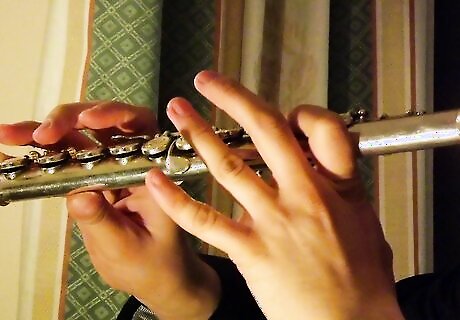
Practice and experiment with tone the lowest notes you can play. Notice what makes them sound fullest and what makes the attacks cleanest.
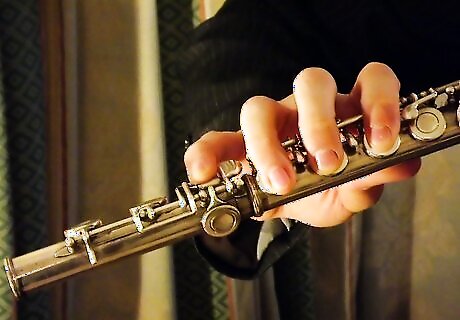
Work your way toward lower notes a little at a time.

Practice playing low notes, starting with a full breath, and maintaining an even tone until the breath is almost gone. Listen to the sound! Is it full and rich? Thin and metallic? None of these are "good" or "bad", but thinking about the quality of tone, will help you learn to get the sound you want.

Consider taking private lessons. Ask your band teacher or a music shop to recommend a private teacher for you.
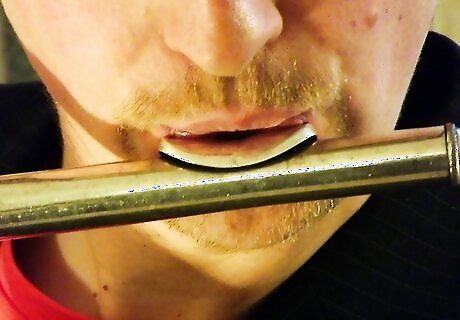
Pressing the flute closer to your mouth makes lower notes clearer.
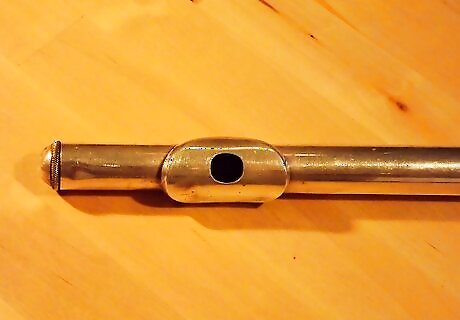
Make sure that you are blowing more and slower air that is pointed downward.
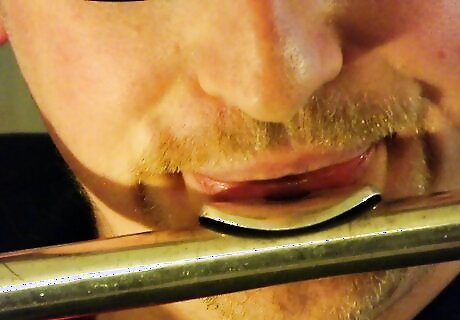
Make sure your embouchure (lip and mouth shape) is more of an oval shape than a round shape when playing lower notes. The embouchure for middle range notes should be a bit more circular and for the high notes, it should be a small circle.
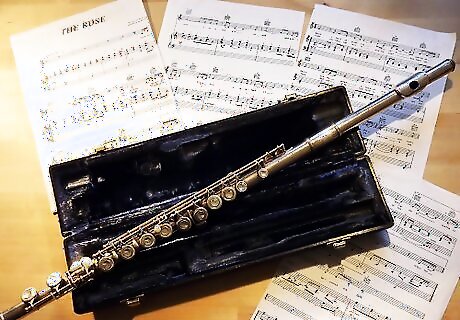
Practice. Low notes are difficult and you probably will not get them just right on your first try.

Be relaxed at all times, no matter which notes you are playing.














Comments
0 comment